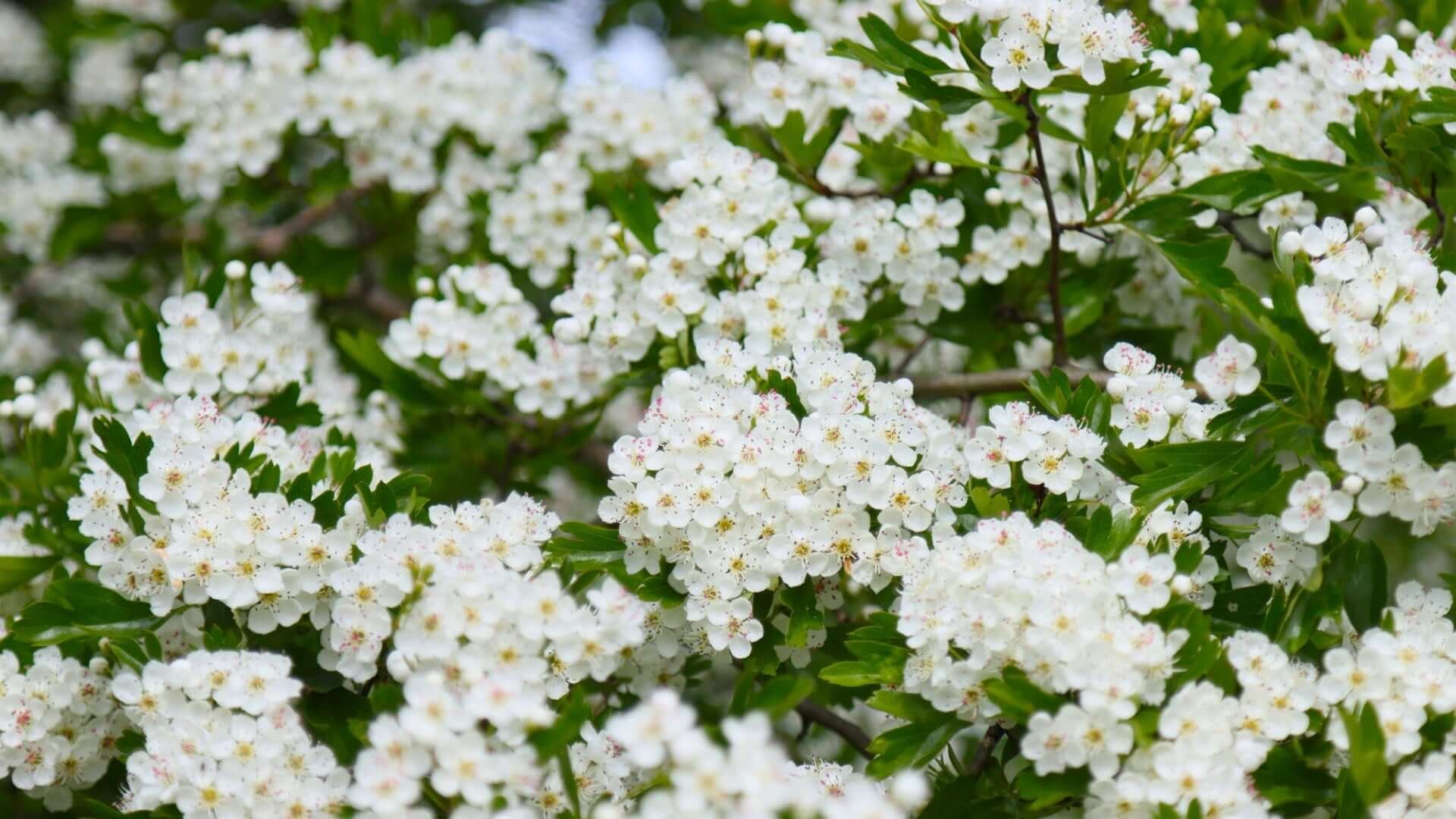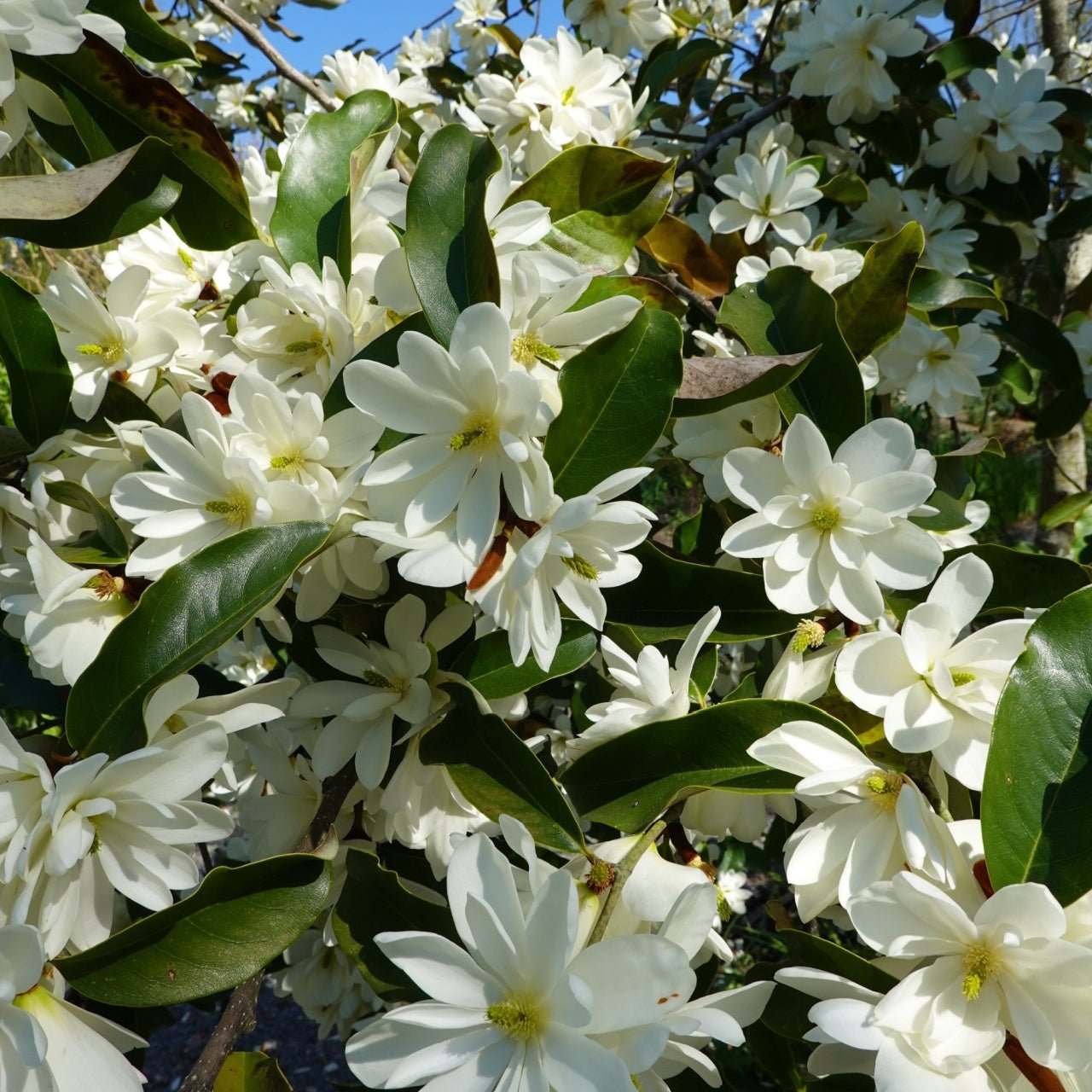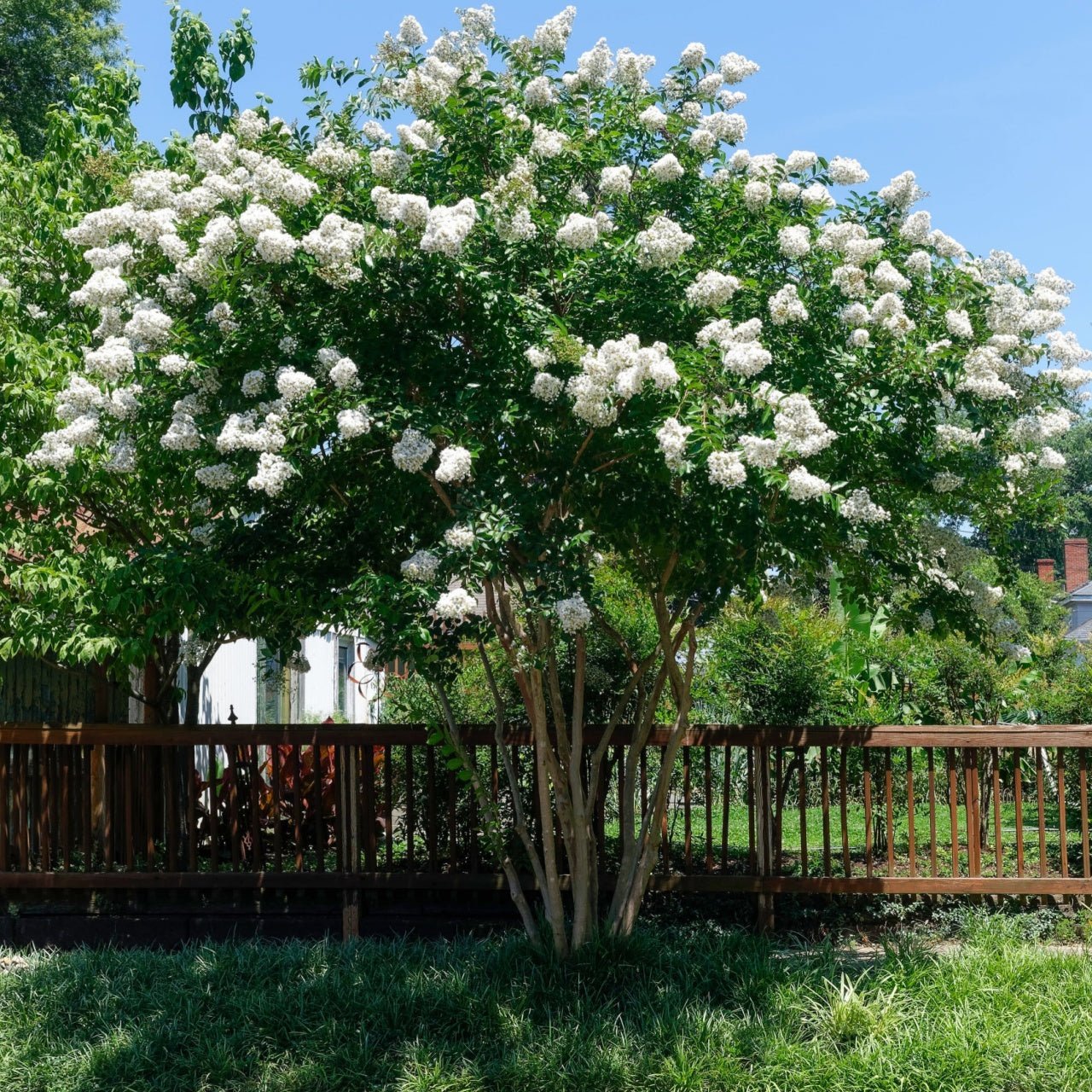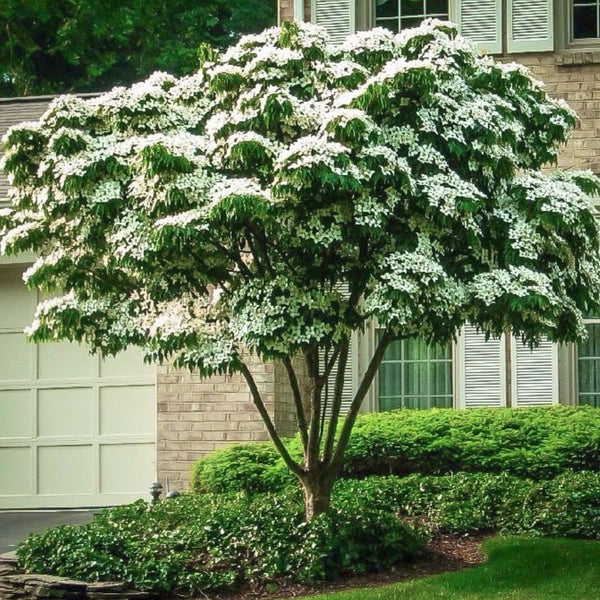The Elegance of the White Sweet Bay Magnolia
The Sweet Bay Magnolia, Magnolia virginiana, is a native tree that adds a touch of elegance to any garden. Its creamy white, lemon-scented blooms appear in late spring and continue sporadically through summer, offering a soft contrast to its glossy green leaves. This tree thrives in moist, well-drained soil, making it an excellent choice for areas near streams, ponds, or low-lying areas in the garden. It favors acidic to neutral dirt and can tolerate clay or loamy conditions. Sweet Bay Magnolias flourish in full sun to partial shade, making them versatile for various landscape designs.

Beyond its beauty, the Sweet Bay Magnolia is a magnet for wildlife. Bees, particularly native species like bumblebees, are frequent visitors, attracted to the large, fragrant flowers. Additionally, this tree can serve as a host for the babies of the Eastern Tiger Swallowtail butterfly, adding to its ecological importance. The seeds of the Sweet Bay Magnolia, encased in vibrant red arils, are also a food source for birds in late summer and early fall, providing a nourishing stopover for migratory species.
The Majestic White Natchez Crepe Myrtle
Though often considered an ornamental tree, the Natchez Crepe Myrtle, Lagerstroemia indica x fauriei, has gained popularity for its white, cloud-like blooms that last from summer into early fall. Its smooth, cinnamon-colored bark and graceful, multi-stemmed habit add year-round interest. This hybrid thrives in well-drained soil and adapts to loamy and sandy conditions. While the Natchez Crepe Myrtle prefers slightly acidic soil, it is surprisingly tolerant of various soil types, making it suitable for multiple garden environments.

The Natchez Crepe Myrtle does best in full sun, which promotes vigorous flowering. Planted in a sunny spot, it will reward you with abundant blooms, which attract bees and butterflies. The long bloom time means pollinators will have an extended nectar source, making your garden a hotspot for beneficial insects throughout the warm months. Although it's not a native tree, the Natchez Crepe Myrtle hybrid is widely used in landscapes across the Southeast because it adapts well to native growing conditions.
The Classic White Kousa Dogwood
The Kousa Dogwood Cornus kousa is admired for its late-spring bloom of large, white, star-shaped flowers. While the Kousa Dogwood is native to parts of Asia, it has naturalized in many North American gardens. It offers stunning seasonal beauty similar to its native cousin, the flowering dogwood (Cornus florida). This tree thrives in well-drained, acidic soil rich in organic matter. While it prefers moist soil, it can tolerate short periods of drought once established. Partial shade is ideal for the Kousa Dogwood, although it will also do well in total sun as long as the dirt stays moist.

Regarding wildlife, the Kousa Dogwood is a valuable tree that attracts birds and pollinators. The flowers lure bees and butterflies, while the fleshy, red fruits that appear in late summer are a favorite of many bird species. The tree's dense canopy also provides shelter for small mammals and birds, making it a key player in a wildlife-friendly garden. The Kousa Dogwood's resistance to the pests and diseases that often plague the native dogwood species makes it an attractive alternative for gardeners looking for lower-maintenance options.
The Enchanting White Fringe Tree
The Fringe Tree, Chionanthus virginicus, is a native beauty often overlooked in favor of more common landscape trees. Its delicate, fringe-like white flowers appear in late spring, creating a frothy, ethereal display that sways in the breeze. This tree is native to the southeastern United States and thrives in well-drained, slightly acidic soil. It favors damp soil but can handle drier conditions once established. The Fringe Tree performs well in both full sun and partial shade, making it a versatile addition to many garden settings.

Bees and other pollinators are drawn to the sweet-smelling flowers, and the Fringe Tree's fruits, which develop in late summer, are an essential food source for birds such as thrushes and bluebirds. The Fringe Tree's slow growth and moderate size make it suitable for smaller gardens or as an understory tree in more significant landscapes. Its natural resistance to pests and diseases and its little care needs make it an excellent option for gardeners seeking a low-maintenance tree with high visual impact.
Bringing It All Together
These white flowering trees give any garden a sense of purity and grace. Whether you are seeking the sweet fragrance of the Sweet Bay Magnolia, the long-lasting beauty of the Natchez Crepe Myrtle, the seasonal charm of the Kousa Dogwood, or the delicate blooms of the Fringe Tree, each of these species offers more than just visual appeal. Their ability to attract beneficial insects, pollinators, and birds makes them essential to a thriving, biodiverse garden. You can enjoy these stunning white blooms by selecting trees that suit your local growing conditions whether your soil is sandy or clay, acidic or neutral-while contributing to your garden's ecological health.
Incorporating native species like the Sweet Bay Magnolia and Fringe Tree or adaptable selections like the Kousa Dogwood and Natchez Crepe Myrtle ensures your landscape looks beautiful and supports the local environment. With the right combination of sunlight and soil, these trees will bloom year after year, turning your garden into a serene, white-flowered sanctuary.
Read more
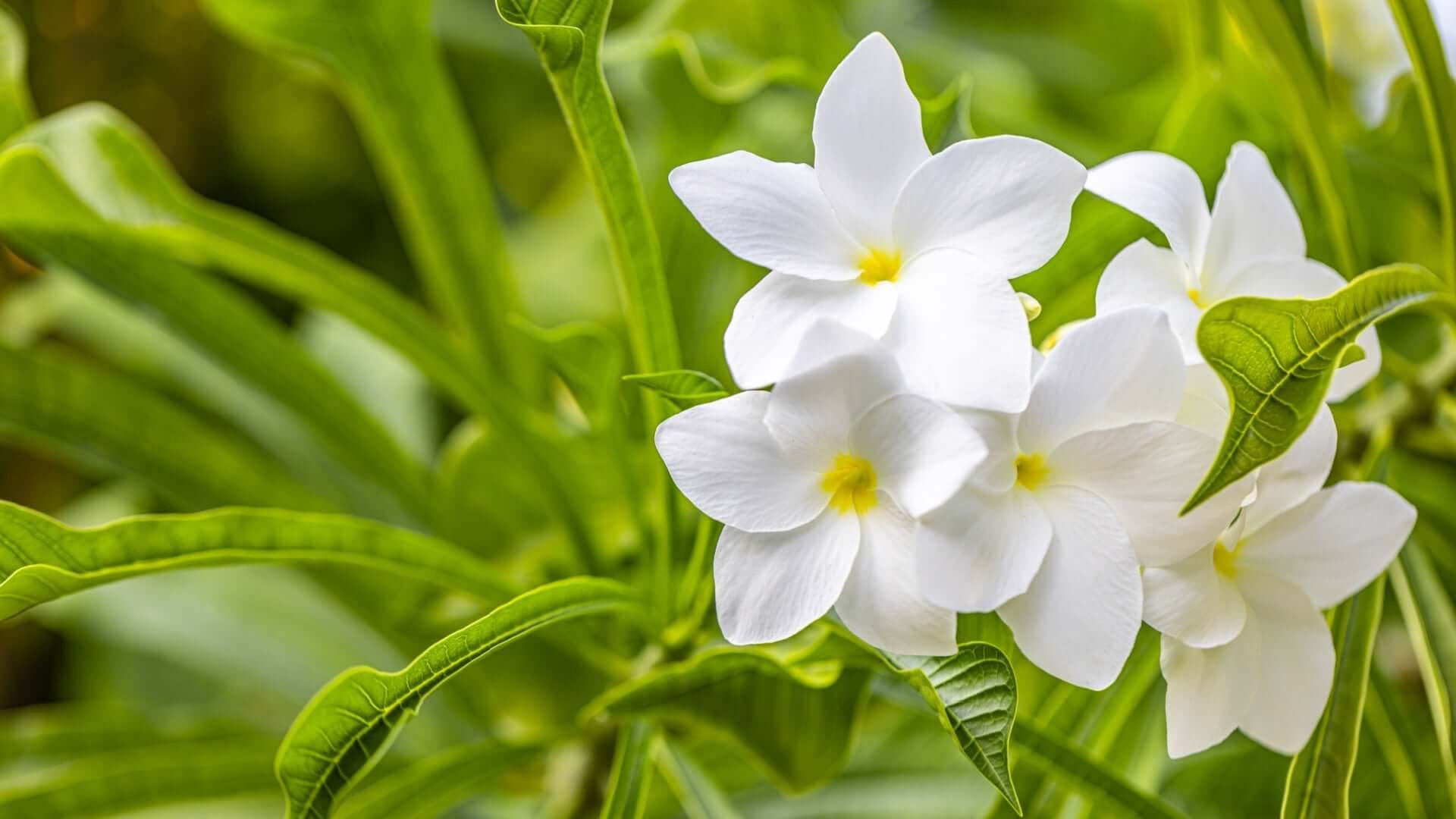
Flowers possess a timeless beauty, giving any garden a sense of purity and serenity. Among native plants, white blooms bring aesthetic charm and ecological benefits, attracting insects and supporti...
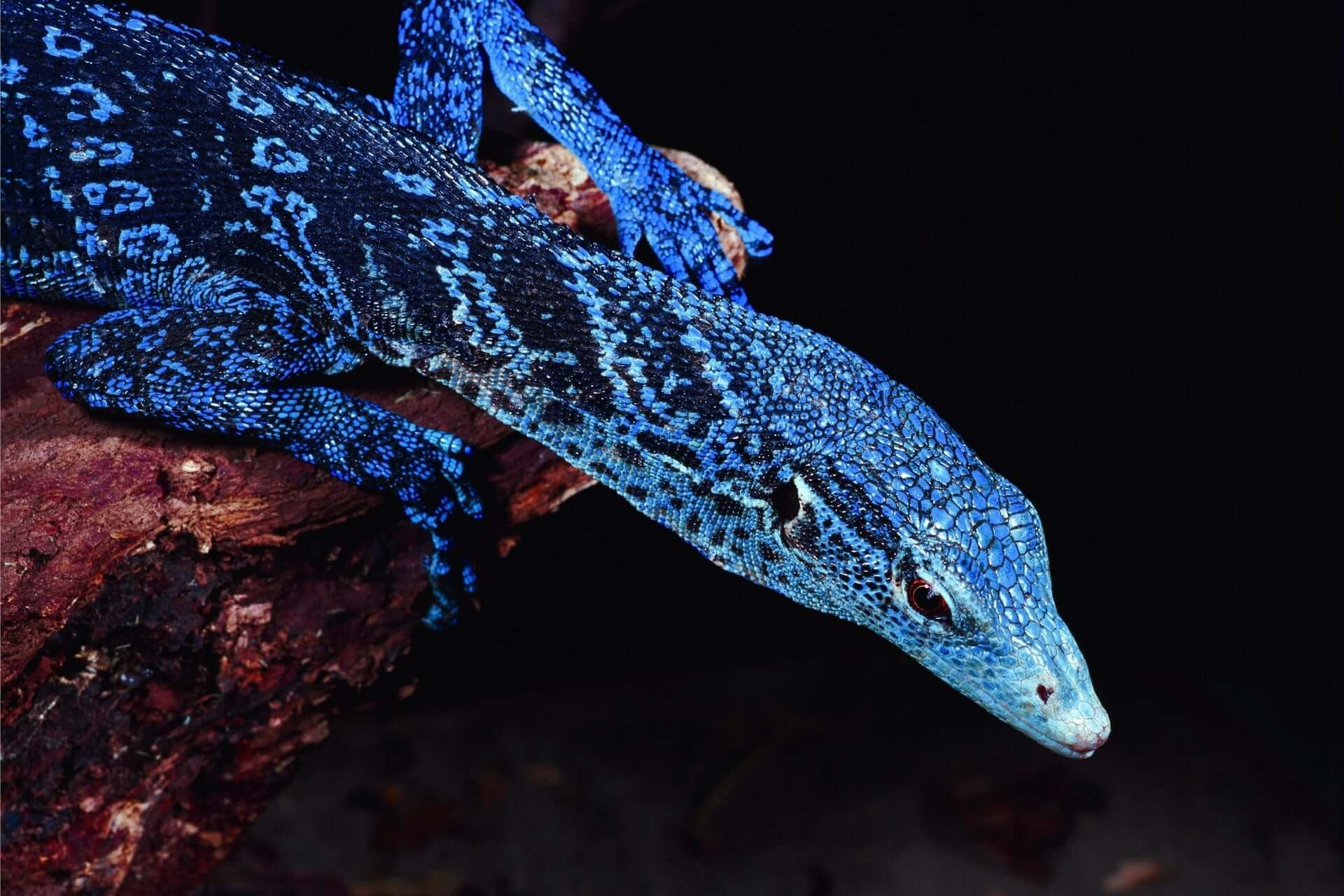
In the realm of gardening, some plants not only beautify spaces but also serve as magnets for rare and elusive wildlife. Certain grasses and plants have developed fascinating relationships with spe...


